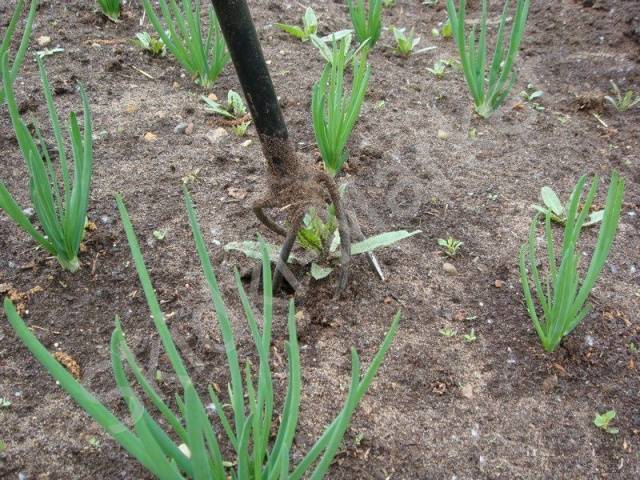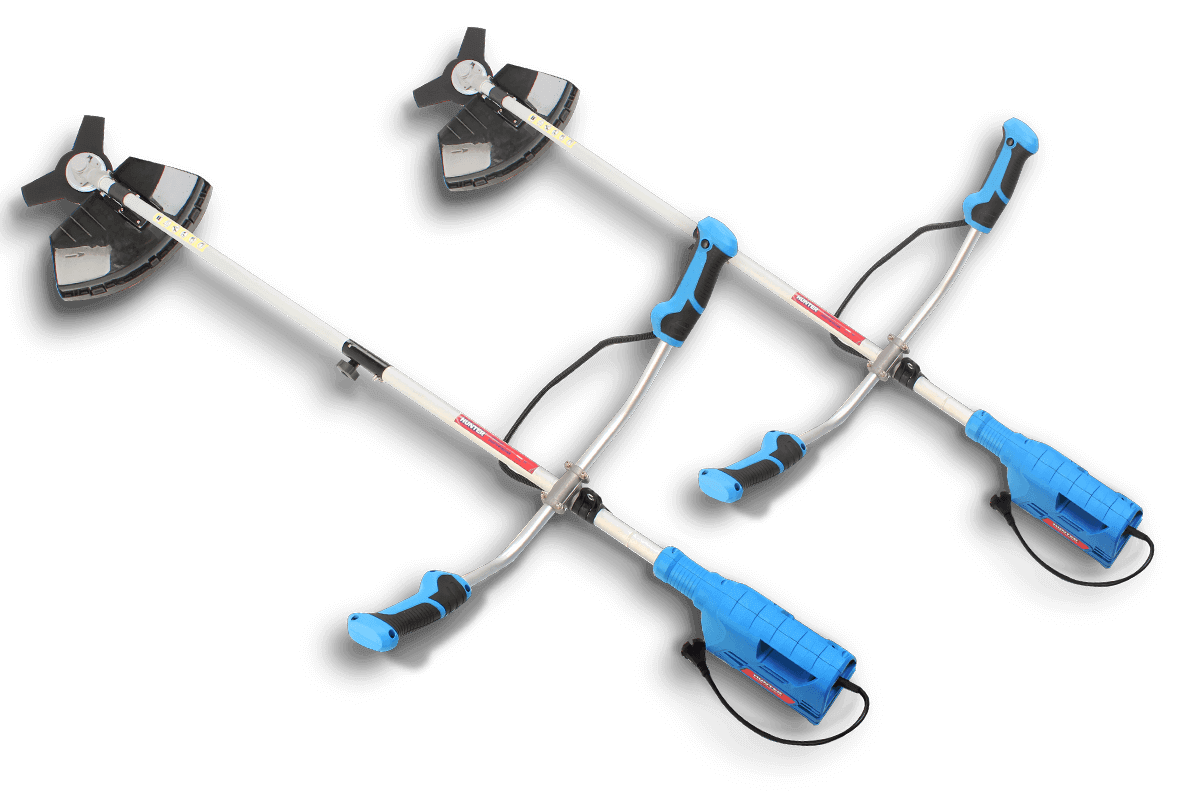How to water without a watering can
Walking around the garden with a watering can is hard and thankless work. If it is too big, then wearing it is uncomfortable and requires enormous physical effort. And if it’s too small, you’ll have to constantly fill it up by rushing to the water tap. But there are many ways to do without a watering can in your garden without leaving your plantings without moisture.
The content of the article
How to water beds without a watering can?
Most garden plantings, including trees and shrubs, are sensitive to lack of moisture. Without water, nutrients and vitamins do not enter the soil, due to which development proceeds very slowly and poorly.
Each plant must be provided with moisture using any of the proposed methods.
Manual watering is the most common option. Our grandmothers also watered the garden with a bucket or watering can, carrying huge weights on themselves. Sprayers and watering systems are very popular today, but they also need to be periodically filled with liquid.
We offer several alternative irrigation options vegetable gardens that significantly save time and facilitate the physical work of the gardener.
Drip irrigation
It can be organized in different ways. For example, stretch hoses between the beds and make small holes in them. After turning on the tap, the water will begin to drip slowly, filling the soil with moisture.
It is best to run such a system at night.
If there are no extra hoses in the garden, we suggest hanging plastic bottles with the bottom cut off above the planting beds. First, small holes are made in the lid of the container. All the gardener needs to do is fill the bottles with water in advance.
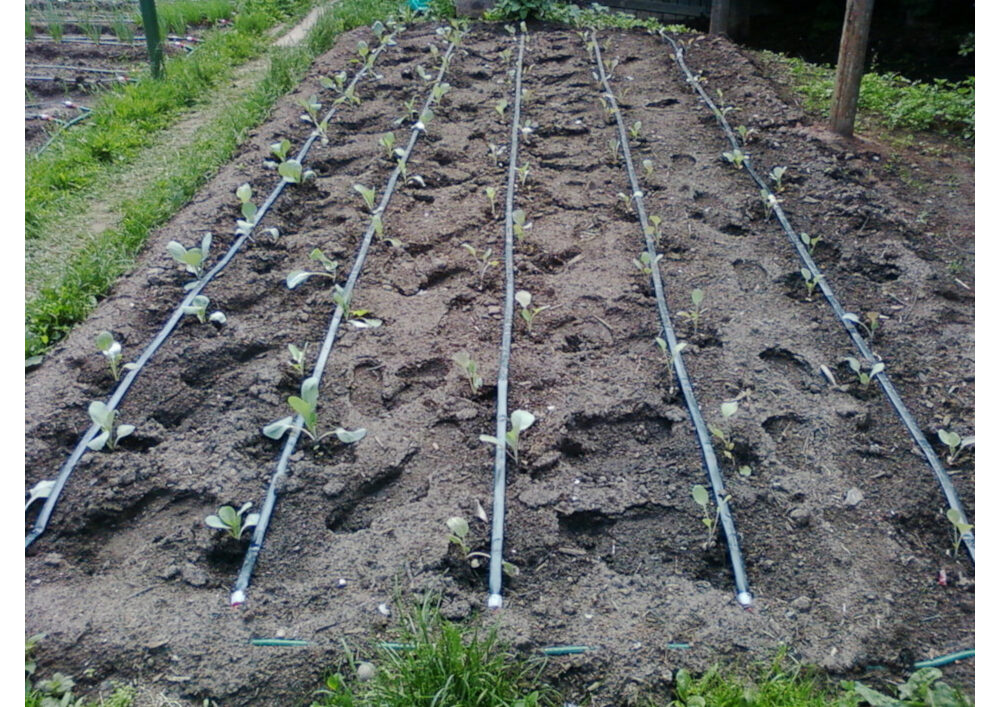
Individual watering
Some plants (tomatoes, potatoes, cucumbers and other vegetable plantings) require regular watering. We also suggest using plastic bottles, but not hanging them, but digging them a little near each bush.
You will first need to cut off the bottom of the container and make medium-sized holes in the lid. Now all that remains is to periodically fill the containers with warm water.

Watering with a wick
The simplest and most affordable option, which experienced gardeners are happy to use. To implement this, you will need unnecessary containers - they are dug into the ground next to the plantings. Then they take a thick cord or tourniquet, which is also pulled between the crops, burying it in the ground.
We send the other end into a container, which we then fill with water. In this way, the liquid enters directly into the root system, without requiring further loosening.

Sprinklers
If it is financially possible to install sprinklers in the garden, this will be the best decision. Turning on at a certain time or at the request of the gardener, they irrigate all plants within a given radius with small droplets of moisture.
You can take water from the general water supply system or prepare huge containers in advance and accumulate rain moisture, which is then also used.
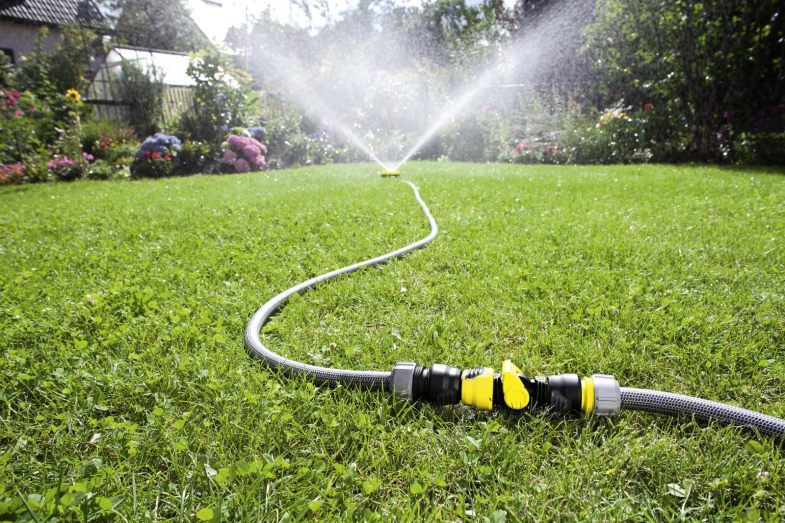
Hoses
A budget replacement for sprinklers is to stretch hoses between the beds or buy at least one long one. It turns on the water and waters all available plants from above.If you place your finger on the edge of the hose, it will spray liquid like a watering can.
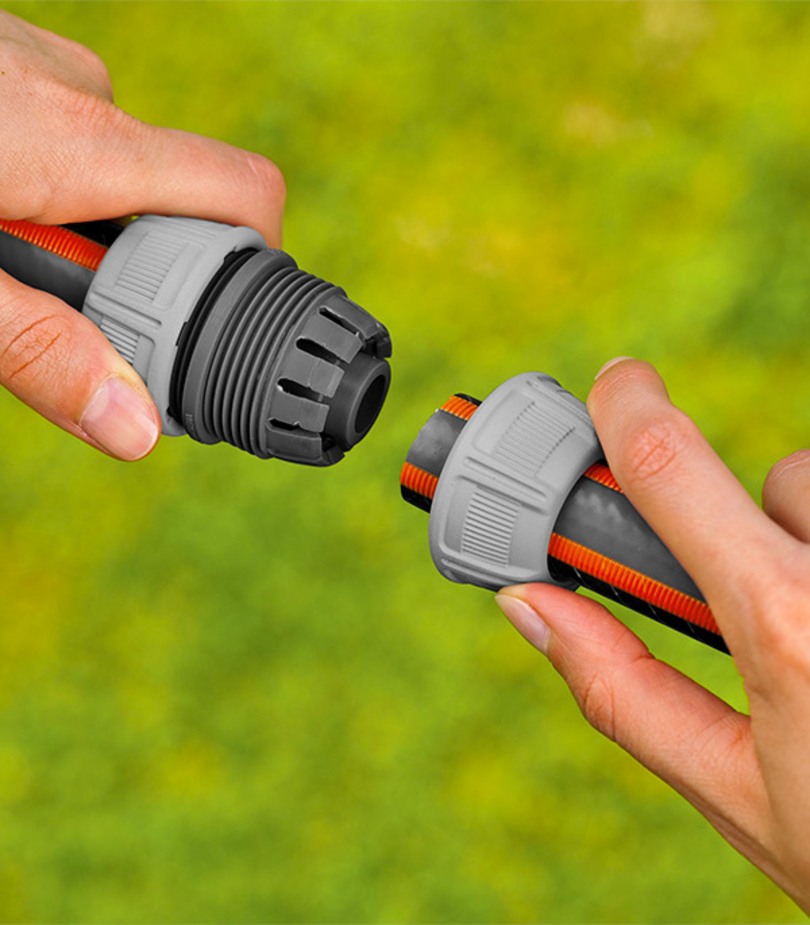
These are affordable options that will easily take root in your garden plot and will help you water your garden faster than with a watering can.




